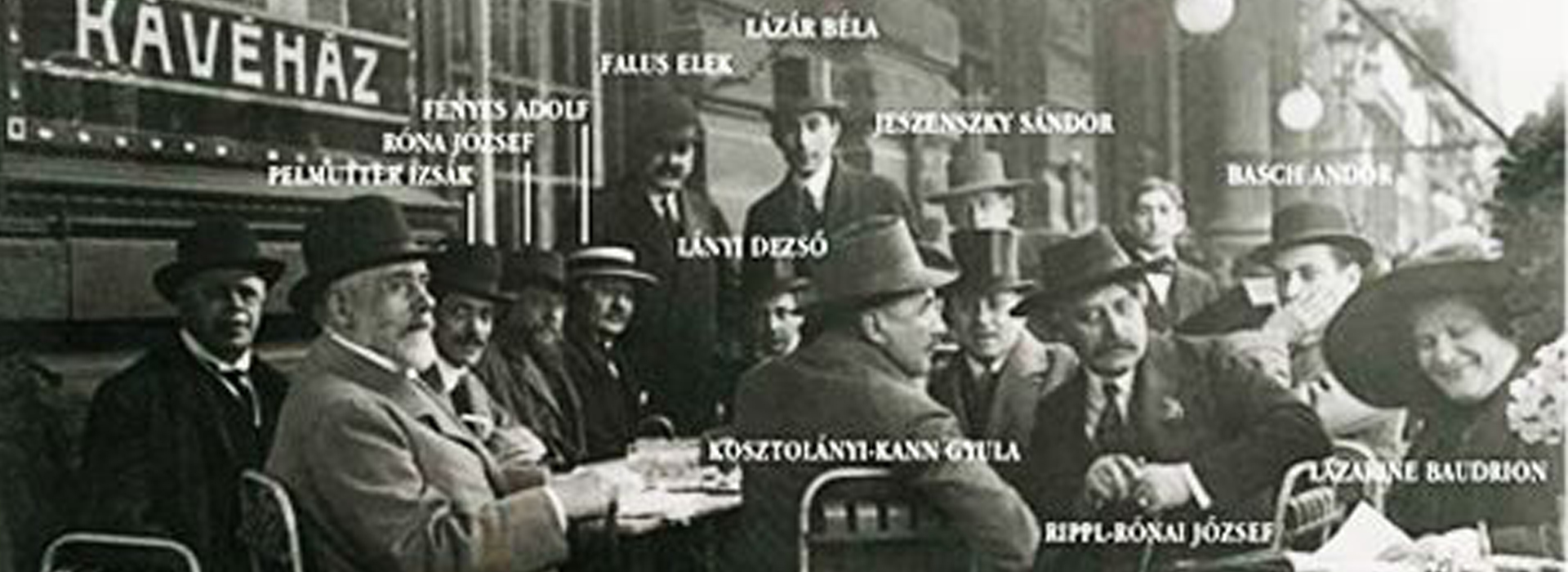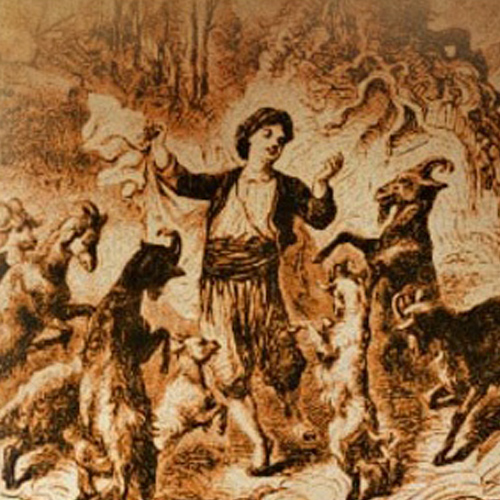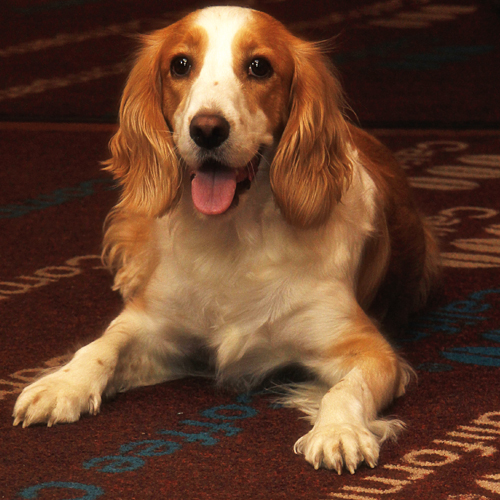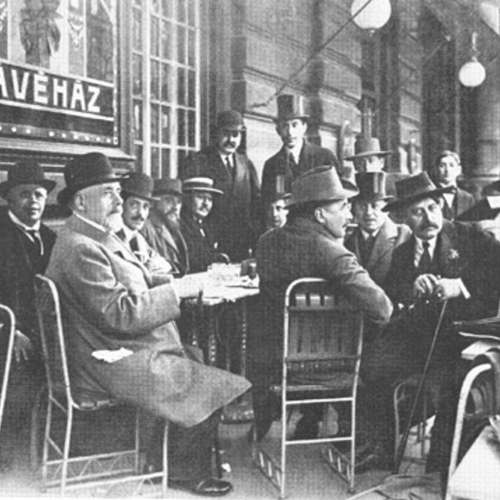Coffee in Hungary
When did coffee first appear in Hungary? Who opened the first coffee house and when? What role did coffee houses have in Hungarian society? Where does our phrase “black soup” (meaning something unpleasant still to come) come from? Hungarian coffee culture has a lot of exciting stories to tell.
From 1579, in Pest and Buda, Turkish coffee makers, “kahvejis” were brewing the drink, and the savvy Hungarians quickly picked up their tricks. According to customs permits, the first supply of coffee was brought to Buda by a merchant called Bechram in 1579. At first the drink – commonly named black water, then later, more menacingly, known as black soup – was sold by travelling vendors.
So, where does the phrase “black soup” come from? When in the 1680s the Pasha of Várad wanted to capture Prince Imre Thököly, he invited him to lunch as a pretext. Thököly got whiff that something was brewing, so after lunch, he quickly got up to leave. However, he was held up by a janissary saying, “Don’t leave yet, my Lord, the black soup is still to come! “ The prince couldn’t say no to coffee, but as soon as he drank it, he was taken into custody and straight to the Seven Towers prison in Istanbul.
The first coffee maker in Pest was Cavesieder Blasius (Balázs the Coffee Maker) of Hungarian Serb nationality. Originally, he may have been a travelling coffee vendor, who sold his product in the streets from a tray hanging from his neck. But later, he made enough money to open his shop in 1714.
The first place we could call a “café” was opened by János Starkh in 1727, in what is known today as Régiposta Street. The vicinity of the Danube was a tendency: most coffee places at the time were in the Serb-inhabited southern parts of Pest, near the city gates and along the river bank. In the 18th and 19th century, these places grew into coffee houses and started to multiply: they became significant social scenes bringing in customers from all walks of life. It was at these coffee houses where the progressive youth got together in the mid-19th century and prepared for the revolution.
With its marble tables and décor, the Magyar Korona coffee house in Váci Street was the predecessor of elegant cafés, while artist’s cafés – such as Japán, Hadik or New York – were the most popular meeting places for intellectuals.
Fun fact: our Liszt Ferenc Tér California Coffee Company café was opened in the spot of the former Japán coffee house after the beautiful building had many-many turbulent years. You may say that the café was given a new lease on life: not just from the smell of coffee wafting in the wide, sunlit space but also from the original Japanese-style décor which we tried to hold on to, to pay homage to the spirit of the place.
The first edition of the 1862 Dictionary of the Hungarian Language writes about “kávé” as a word originating from Arabic “kahuah” and Turkish “kahveh”, meaning the greenish coffee beans growing on the coffee plant, and the “well-known drink” made from it.
With the birth of the internet, cafés where customers could use computers or later wi-fi to browse on their device became more and more common, earning them the fancy name of “internet café”. And today, there is a growing selection of shops and outlets where coffee fanatics can find special coffee blends and curiosities or even choose their preferred grind, roast or flavour.







